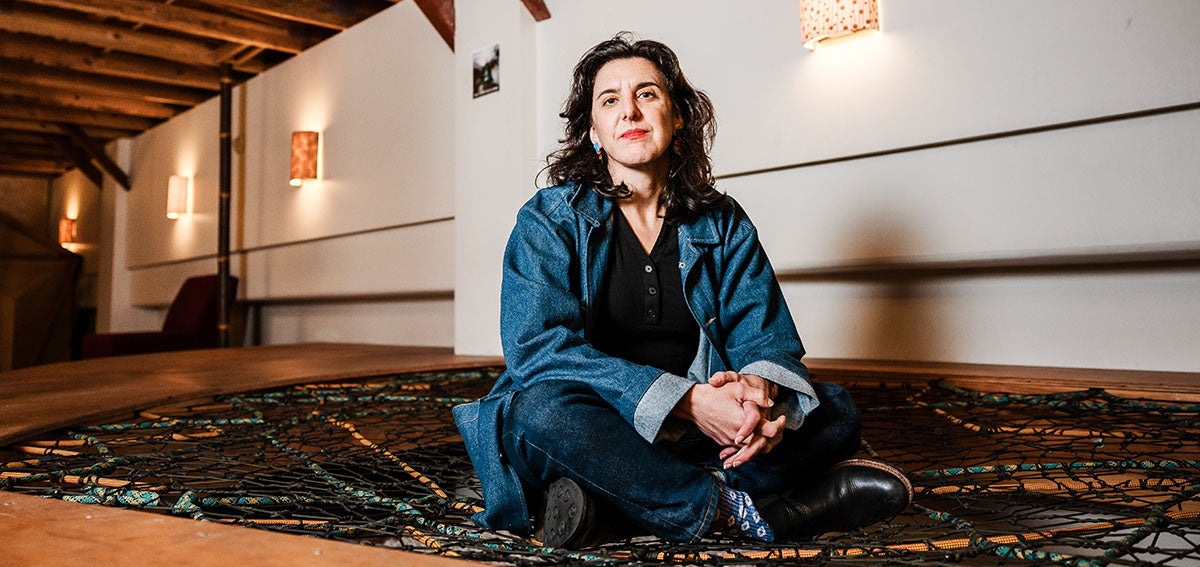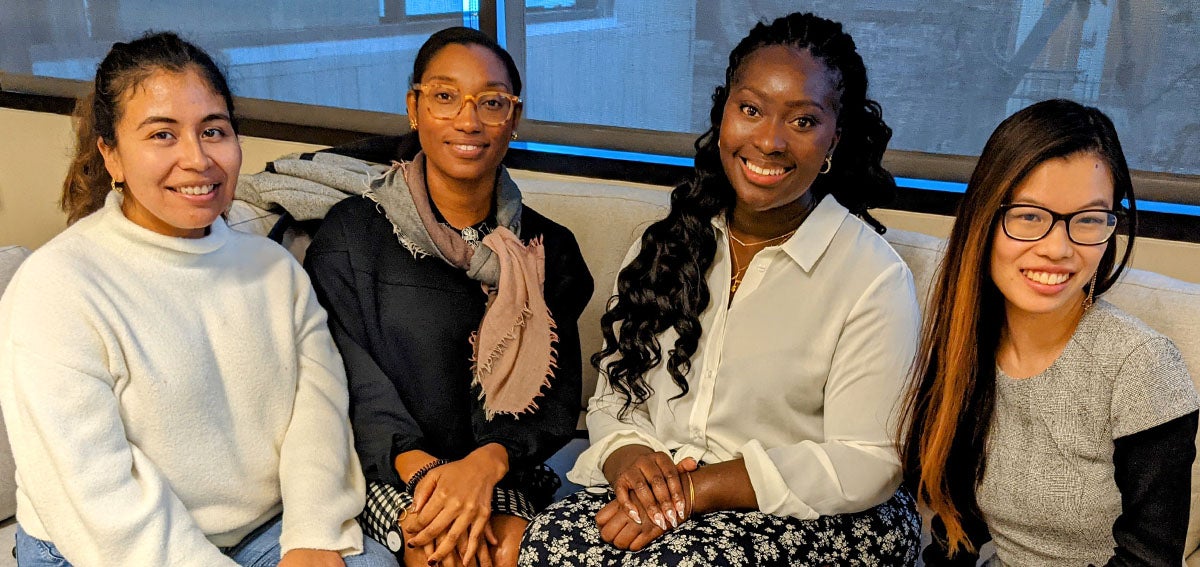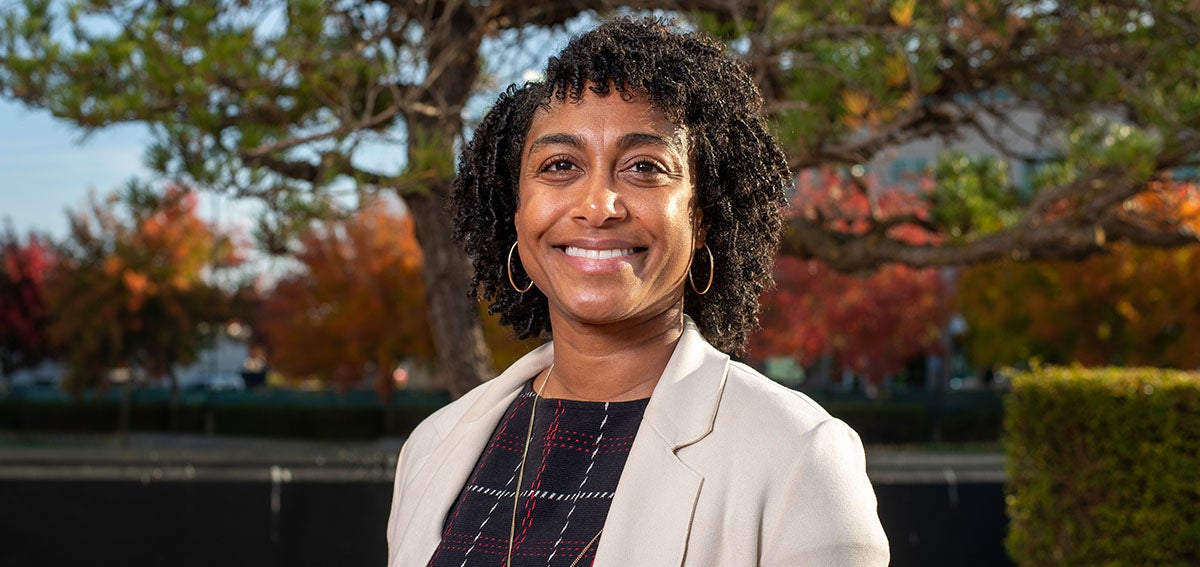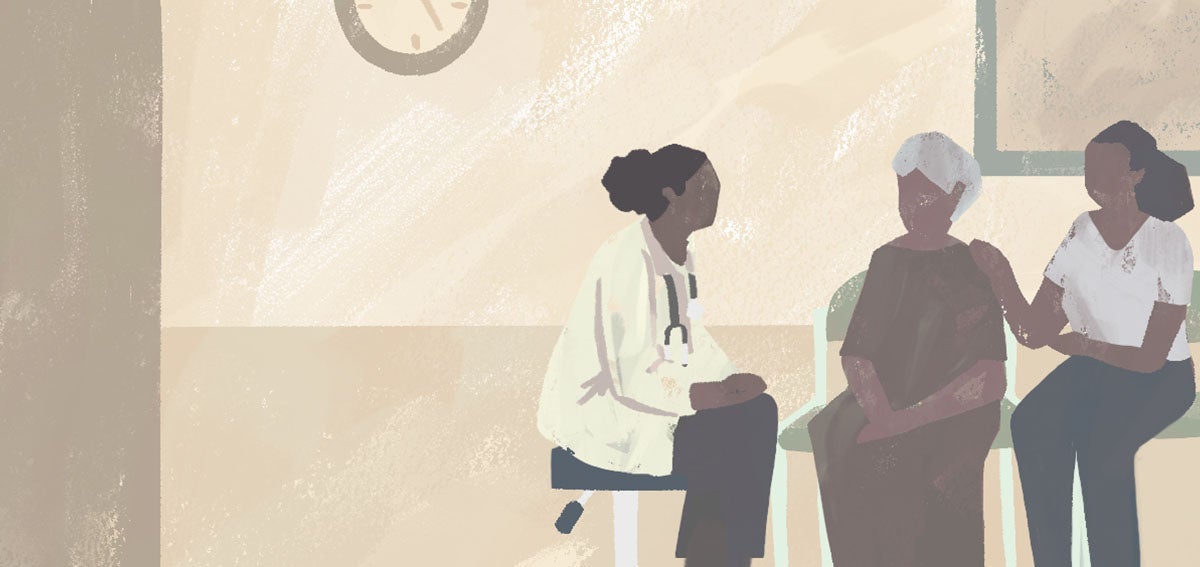
The COVID-19 pandemic arrived on the eve of my first anniversary at the California Health Care Foundation. When I came to the foundation in 2019, I was immersed in the search for new ways the health care delivery system could help people with substance use disorder and serious mental illness. My family has had experience with co-occurring mental illness and substance use disorder, so the work was personal. Because improving behavioral health was a policy priority for CHCF, the timing felt right.
And then COVID-19 landed, throwing health disparities and the effects of structural racism into such stark relief that we had to change plans. While the foundation continues to work extensively in behavioral health, it has made health equity a centerpiece of its work and one of four key issues on which it has focused its grantmaking to make the biggest impact. To address the disparities in health care and outcomes facing Black Californians regardless of coverage type, CHCF needed a more focused approach. Through much of 2020, I led an internal workgroup to reach out to key experts, and by the end of the year we concluded that CHCF was well suited to address the embedded racism in health care by concentrating on institutions and practices rather than on individual providers.
I spent a decade in executive positions at Kaiser Permanente Northern California, where my concentration was on promoting equitable care for Kaiser’s increasingly diverse patient population. Those experiences taught me that training of health care workers will not, by itself, remedy this massive problem. We can only make headway when the structures within which people work are changed to realign incentives with desired behaviors. Central to this work is the cultivation of a health care system that operates with a deep commitment to cultural humility (PDF), a practice of lifelong learning and self-critique in the pursuit of people-centered care.
This is the mindset I bring to the outcome of the workgroup’s research and planning, the new CHCF focus area Advancing Black Health Equity. CHCF has designed a work plan that divides our activities into three types. Here are those categories and examples of that work:
1. Listening to Black Californians
The first type is to understand the mechanics of racism in the health care system. The foundation of this work is a forward-looking research project designed to understand Black Californians’ experiences of racism and the powerful influence it wields over health care and health outcomes. I am excited to be working with EVITARUS, a Black-owned public opinion research and public policy consulting firm in Los Angeles, to listen to Black Californians via in-depth interviews, focus groups, and a statewide survey.
This research gives us the opportunity to unpack the varied experiences of Black people in a nuanced way. EVITARUS is selecting participants for diversity in age, gender, insurance status, geography, and migration experience, among other criteria. For example, Black Californians live in urban settings, suburban settings, rural settings, densely populated Black settings, and settings where Black residents are few and far between. These disparate environments help determine how racism is experienced and the limited resources available to people to strategize about, negotiate, and navigate health care.
Centering the perspectives of Black Californians in this work is critical because it may yield insights and potential interventions that we might not arrive at through other means. I want Black Californians to see their opinions and experiences validated and quantified. I want their advocates to take up the charge of advocating for Black health equity.
By the end of this study, I also want purchasers, payers, plans, and policymakers to understand the factors that shape the lives of Black Californians and the ways these key stakeholders can exert their considerable influence to shape a more just health care system.
In the shorter term, CHCF’s work to listen to Black Californians yielded our support of The Conversation: Between Us, About Us, a public information campaign developed by KFF, the Black Coalition Against COVID-19, and Rhea Boyd, MD, MPH, to reach Black communities with credible information about the COVID-19 vaccines. The campaign features Bay Area comedian W. Kamau Bell in an open, honest conversation with Black doctors, nurses, and researchers and received support from the Biden administration.
2. Building Transparency
We know from earlier experience that public reporting of performance can help to hold health systems accountable and drive improvement. That is why the second type of work in our Black health equity portfolio centers on data transparency. In an ideal world, insurers and health care purchasers would be able to tell how health systems are doing and whether they are improving at delivering care to people of different races and ethnicities. Right now, that’s not possible because there are no standardized ways of collecting, measuring, and reporting the relevant data. CHCF is working to change that. The health system needs to build coherent methods of collecting, measuring, and reporting data that can then be broken down and analyzed to yield meaningful insights about disparities among groups.
To that end, we are partnering with the National Committee for Quality Assurance to create a comprehensive equity measurement and accountability program that goes beyond assessing performance for specific conditions by race. The goal is to measure and monitor equity across several domains — including access, patient experience, and health outcomes — to create a comprehensive rating of equitable care.
3. Creating a More Diverse Health Care Workforce
The third type is the health care workforce. Several studies have shown that racial concordance between a provider and patient produces better health outcomes. However, California continues to experience a shortage of Black physicians, nurses, and other health professionals, which is driven by many complex factors. CHCF is addressing this issue by focusing on the health workforce pipeline, starting with the recruitment and mentoring of Black medical and nursing students and young nurses and physicians.
The foundation is collaborating with the Urban Institute to study the health workforce programs that have historically supported and currently support people of color, especially Black people. CHCF and the Urban Institute will examine the structure of those programs, their financing, trajectory, and outcomes, as well as identify options for enhancing the recruitment, retention, and advancement of Black people in California’s health workforce. This project will build on the work of the California Future Health Workforce Commission and point to investments that could advance Black health equity in the near and long terms.
Starting a Black Health Movement
We now see a nascent Black health movement powered by a growing number of people and organizations from the Black community acting as informed advocates for health equity. Other Black community organizations may not have health on their agenda right now, but they should — especially after COVID-19 shattered so many Black families.
Philanthropy has a big role to play in supporting the information base for this movement and building health care system capacity to develop and enforce equity standards. CHCF’s grantmaking program to advance Black health equity will not end as the country returns to some form of postpandemic normalcy. Right now, we are focused on formative research that will reveal opportunities across the health care system and guide our future funding priorities. This is just the beginning of CHCF’s long-term investment in encouraging California’s health care system to embrace the fundamental principles of fairness, accountability, and cultural humility.
Authors & Contributors
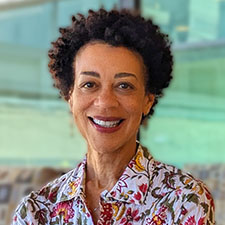
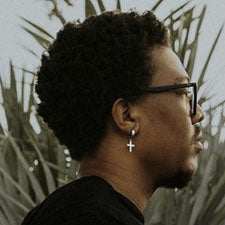
Jamiel Law
Jamiel Law is an illustrator, problem-solver, and creative thinker. Born and raised in Sarasota, Florida, he strives to make every art piece matter by taking the time to consider its meaning and importance and to create work that resonates with others and establishes a genuine connection. He works as a designer with Buck LLC in Los Angeles and is represented by Writer’s House for children’s books. Jamiel’s client list includes the New York Times, the New Yorker, Medium, NBC News, Slate, the Washington Post, The Atlantic, Bravery magazine, the Equal Justice Initiative, and The Guardian.


